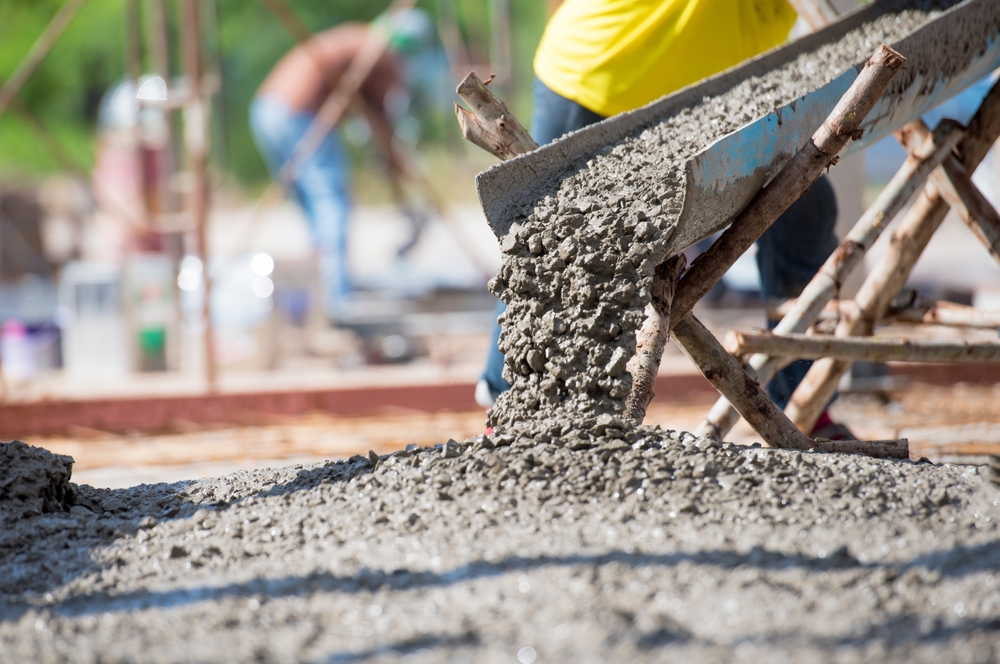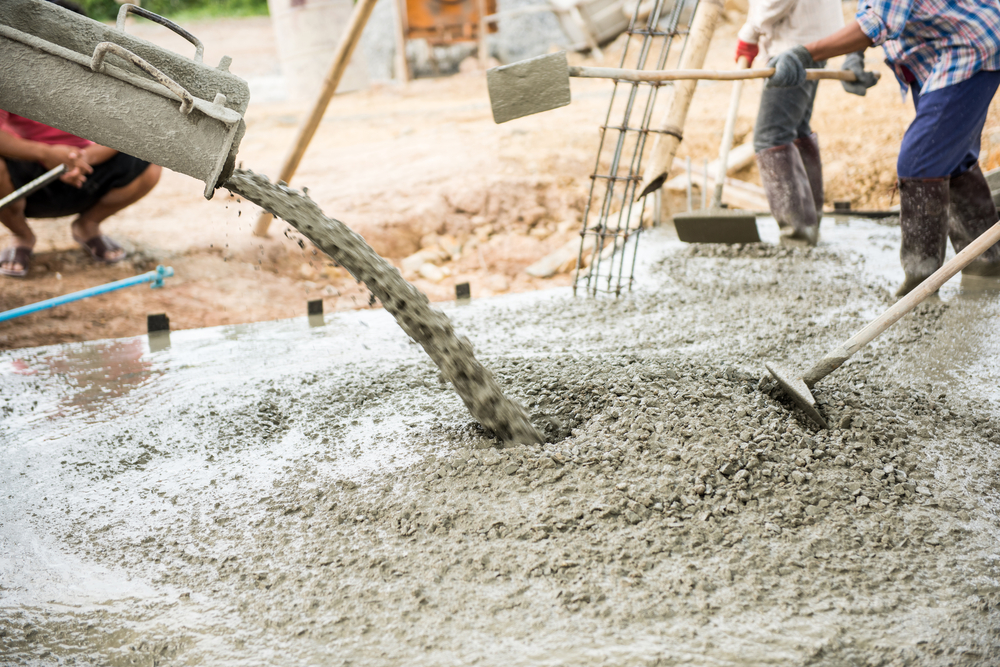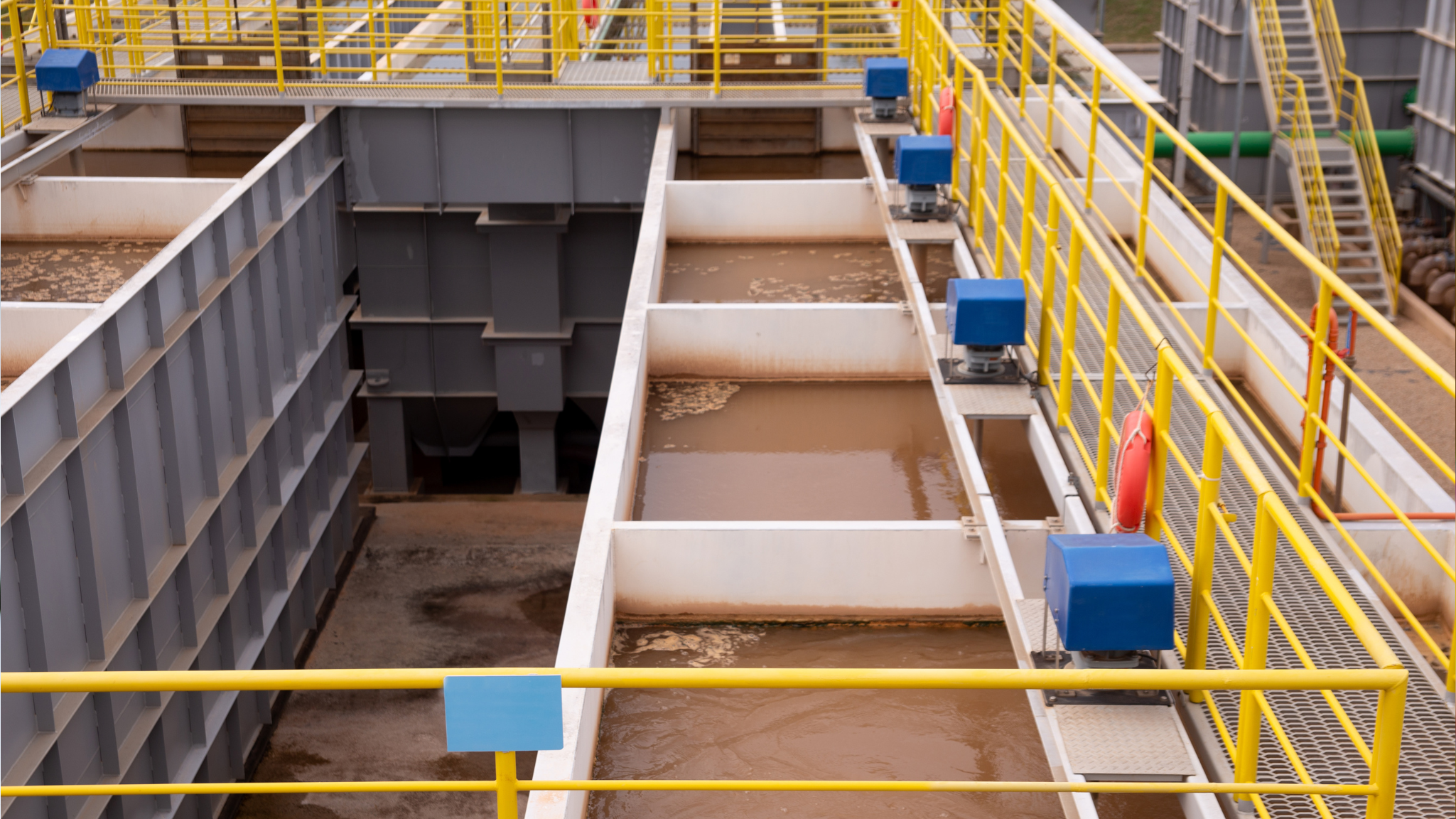Introduction
The amount of wastewater that agriculture and food production produce is one of the sectors that affect environmental pollution. This comes from the huge amount that agriculture and food production produce per year especially if the country has a high growth in population rate. That makes the solution more difficult for the country from the government side and factories on the other side because that makes the government put strict penalties on these factories if the waste-water isn’t treated to levels that will not damage receiving waters due to excessive nutrients or oxygen demand when directly discharged.

Table of Contents
Wastewater is caused by agriculture and food production worldwide.
Globally, agriculture and food production contribute significantly to waste-water generation. The food sector, including irrigation, livestock farming, and food processing, accounts for approximately 70% of all freshwater withdrawals. However, a large portion of this water returns as agricultural runoff or waste-water, which is often untreated and can contaminate water bodies with excess nutrients and chemicals, such as fertilizers and pesticides.
While precise figures on waste-water generated solely by food production are challenging to isolate, agriculture is a major contributor to water pollution and environmental degradation. The high levels of water use and runoff from this sector emphasize the need for sustainable water management practices to reduce waste and improve water quality.
Wastewater management solutions in the food and agriculture sector.
There are different solutions to solving the problem of waste-water produced from the food and agriculture sector, but each solution has different costs. If we focus on food production Wastewater In Agriculture , we will find that every type of production needs to deal with it in different ways. There isn’t one way that can be used for all food production waste-water.
Almost there are 3 different solutions:
- (1) Technological development of processes that use less water
- (2) Desalination of seawater but it is a useless economic solution because it is high cost.
- (3) Recycle/reuse of water within the food industry.
Technology takes a huge amount from our lives, especially at the industrial level. It can also be a perfect solution from the economic side in the long run.
In the short run, it will cost your company or factory a high cost.
What makes The strategy for the reuse of treated effluents based on the fact that adequately treated waste-water effluents are a precious resource.

Cost Analysis for Food Wastewater In Agriculture
This is because food and agricultural waste-water contain large quantities of nutrients, organic carbon, nitrogenous organics, inorganics, and suspended and dissolved solids that make the treatment of food and agriculture costly.
What makes food and agricultural waste difficult is that there are different ranges of food and agricultural waste and everyone needs special standards and levels to reach the lowest damage.
Industry examples include meat and poultry products, dairy products, fruits and vegetables for canning and preserving, grain products, sugar and related confectionaries, fats and oils, and beverages and brewing, among others.
Cost- effective food and Wastewater In Agriculture treatment:
If companies had to absorb all the costs for decreased water allocations, increased treatment, and stronger effluent discharge regulations, average profits could decrease between 18% (chemical sector) and 116% (food and beverage sector).
That`s can happen in the past years but recently, there is a huge innovation in waste-water treatment that opens new opportunities for every factory or company owner to reduce pollution that is caused from food production and save cost at the same time.
For example, ultrafiltration now can be used instead of the biological separation of organic material from a liquid substrate. Instead of using reverse-osmosis systems for tertiary waste treatment, some food plants use them to recycle internal liquid waste streams. The outflow from reverse-osmosis treatment can be of better quality than the native water.
Conclusion
Increasing production will be continuous without stopping because it is related to population growth. According to achieving SDGs goals, it talks about water and the importance of waste-water treatment which encourage many countries to put stricter regulations to control pollution levels. With existing scarcity of water that make problem more conflict but appearing new technology and techniques that help in reduce pollution like reverse-osmosis systems make it more easy on companies or factories to make Wastewater In Agriculture treatment process.
Therefore Horizon Chemical provides a good type of Ro Antiscalant to achieve the performance on reverse-osmosis systems.
To know any more details or updates related to the industry, contact one of our experts.
Sources
- https://www.watertechonline.com/wastewater/article/15550688/wastewater-treatment-challenges-in-food-processing-and-agriculture
- https://www.cabidigitallibrary.org/doi/pdf/10.5555/20220169734#:~:text=In%20Egypt%2C%20according%20to%20official%20data%20at%20present%2C%20wastewater%20is,about%2012.1%20billion%20m3%2Fyear
- https://www.climate-policy-watcher.org/wastewater-treatment/characteristics-of-agricultural-and-food-wastewater.html
- https://unesdoc.unesco.org/ark:/48223/pf0000388952
- https://www.foodnorthwest.org/index.php?catid=20%3Asite-content&id=83%3Awater-and-wastewater-use-in-the-food-processing-industry&id=83%3Awater-and-wastewater-use-in-the-food-processing-industry&option=com_content&showall=1&view=article
- https://www.researchgate.net/publication/357675224_Wastewater_in_the_food_industry_Treatment_technologies_and_reuse_potential#pf3




